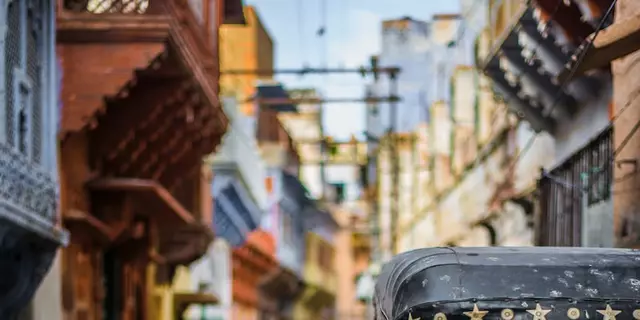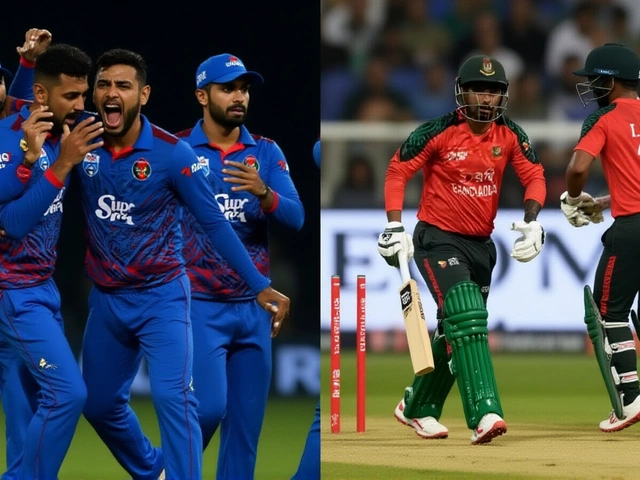Prime Minister: Roles, News & What You Need to Know
When you hear the word “prime minister,” you probably picture a person who runs the government, speaks at international summits, and makes headlines every day. It’s a title that carries a lot of weight, especially in South Asia where politics can change fast and affect millions. This page breaks down the basics of the job, introduces the current leaders in our region, and points you to the latest stories you shouldn’t miss.
What Does a Prime Minister Do?
A prime minister is the head of the executive branch in a parliamentary system. They set the policy agenda, decide on the budget, and lead the cabinet of ministers. In practice, they also act as the country’s face abroad, meeting other heads of state and negotiating trade deals. Their power isn’t absolute – they need the backing of the parliament and, in many cases, the support of the party they belong to. When things go wrong, the media and opposition parties keep a close eye on every decision, so a prime minister must balance bold moves with political realities.
Current Prime Ministers in South Asia
India’s prime minister is currently Narendra Modi, who has been in office since 2014. He pushes a mix of economic reforms and a strong national identity, which often sparks lively debates at home and abroad. Across the border, Pakistan’s prime minister is Shehbaz Sharif, focusing on stabilising the economy and improving relations with neighboring countries. Bangladesh is led by Sheikh Hasina, who emphasizes development projects and women’s empowerment.
Other nations in the region have their own leaders: Ranil Wickremesinghe is the prime minister of Sri Lanka, trying to steer the country out of a debt crisis, while Pushpa Kamal Dahal (also known as Prachanda) heads Nepal’s government, balancing reforms with the interests of the mountainous population. In Bhutan, the prime minister works under a constitutional monarchy, and the Maldives has a prime minister‑like role within its presidential system.
All these leaders share common challenges – managing rapid urbanisation, tackling climate change, and handling the ever‑growing expectations of young voters. Their decisions ripple through the economy, media, and even your daily life, whether it’s a new tax rule, a travel advisory, or a health policy.
Staying updated on prime minister news is easy if you know where to look. Follow reputable South Asian news portals, watch live press briefings, and keep an eye on social media for official statements. When a prime minister announces a new initiative, you’ll often see a flurry of articles breaking down what it means for businesses, education, and everyday life.
In short, the prime minister’s role is a mix of leadership, negotiation, and constant public scrutiny. Knowing who’s in charge and what they’re planning helps you understand the bigger picture of South Asian politics. Keep checking this page for fresh updates, analysis, and the stories that matter most to you.
I recently found myself wondering about Narendra Modi's position in the long line of Indian Prime Ministers. After doing some research, I discovered that Narendra Modi is the 14th Prime Minister of India. He has been serving the country since 2014, following the footsteps of leaders such as Jawaharlal Nehru, Indira Gandhi, and Atal Bihari Vajpayee. It's impressive to see how India has grown and changed under the leadership of these prime ministers. As the 14th person to hold this esteemed position, Modi has a significant role in shaping India's future.




